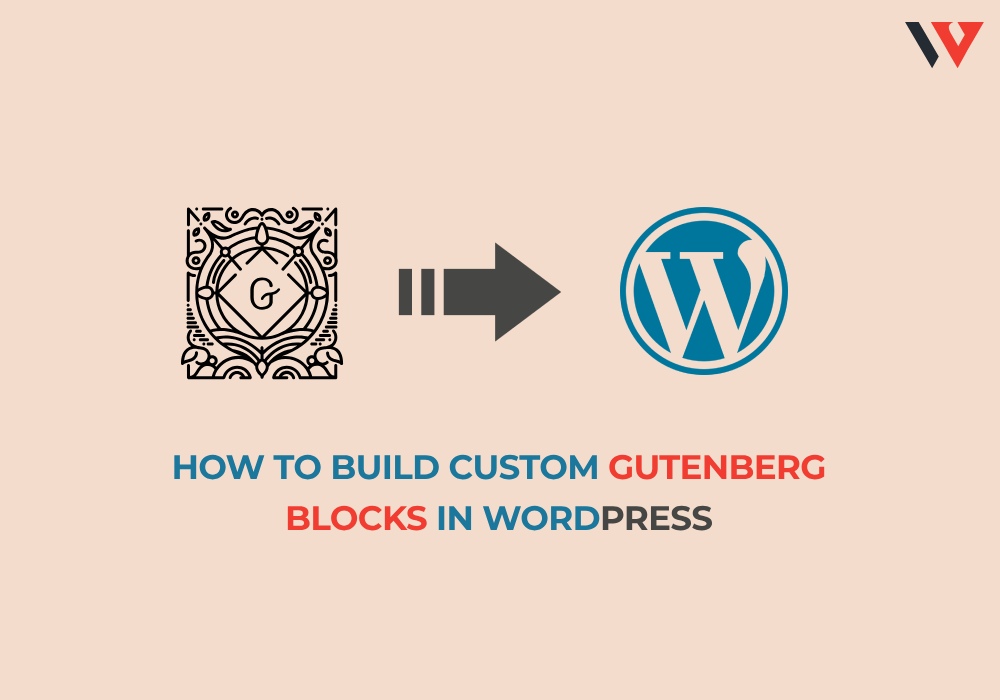
In the ever-evolving landscape of WordPress development, the introduction of the Gutenberg editor has revolutionized the way content is created and managed. One of the most powerful features of Gutenberg is the ability to create custom blocks, allowing developers to extend the editor’s functionality and tailor it to specific needs. In this blog post, we’ll explore the process of building custom WordPress Gutenberg blocks, along with some valuable tips and tricks to enhance your development workflow.
Understanding Gutenberg Blocks
Before we delve into building custom blocks, let’s briefly recap what Gutenberg blocks are. In the Gutenberg editor, content is organized into blocks, each representing a different element or piece of content. These blocks can range from simple paragraphs and images to more complex elements like galleries, quotes, and custom widgets. Custom Gutenberg blocks empower developers to create their own reusable components, adding limitless possibilities to the editing experience.
Getting Started with Block Development
To build custom Gutenberg blocks, you’ll need a basic understanding of JavaScript, React.js, and WordPress development. Gutenberg blocks are primarily built using React components, which interact with the WordPress REST API to save and retrieve data. Familiarize yourself with the Gutenberg Block API and the available resources in the WordPress developer documentation to kickstart your block development journey.
Tips for Building Custom Blocks
- Plan Your Block Structure: Before writing any code, take the time to plan out the structure and functionality of your block. Identify the attributes and settings it will need, and sketch out a basic design for the block interface.
- Use Block Templates: Leverage block templates to streamline the block creation process. Templates provide a starting point for your blocks, reducing development time and ensuring consistency across your project.
- Utilize Inspector Controls: The Gutenberg editor includes an Inspector panel where users can configure block settings. Take advantage of Inspector controls to allow users to customize the appearance and behavior of your blocks.
- Implement Block Styles: Apply custom styles to your blocks to enhance their visual appeal and make them stand out within the editor. Use CSS classes or inline styles to control the block’s appearance and ensure consistency with your theme’s design.
- Add Dynamic Content: Make your blocks dynamic by incorporating dynamic content and attributes. Use attributes like className, attributes, and edit() and save() functions to handle dynamic data and update the block’s output accordingly.
- Test Across Devices and Environments: Test your custom blocks thoroughly across different devices, browsers, and WordPress environments to ensure compatibility and responsiveness. Use tools like the Gutenberg plugin for local development and debugging.
Best Practices for Block Development
- Follow Coding Standards: Adhere to WordPress coding standards and best practices when developing custom blocks. Maintain clean and well-documented code to ensure readability and ease of maintenance.
- Optimize Performance: Optimize your blocks for performance by minimizing unnecessary dependencies and leveraging built-in WordPress functions and APIs. Keep your block scripts and styles lightweight to improve page load times.
- Stay Updated: Stay informed about Gutenberg updates and changes to the Block API. Regularly update your custom blocks to ensure compatibility with the latest WordPress releases and Gutenberg improvements.
Conclusion
Building custom Gutenberg blocks opens up a world of possibilities for enhancing the editing experience and extending the functionality of WordPress websites. By following the tips and best practices outlined in this guide, you can create powerful and flexible blocks that empower users to create engaging content with ease. Embrace the creativity and innovation that custom block development offers, and unlock the full potential of the Gutenberg editor in your WordPress projects.
If you’re looking for someone who can help you to develop WordPress website using Gutenberg custom blocks then you are at right place. Contact us now to get started.
